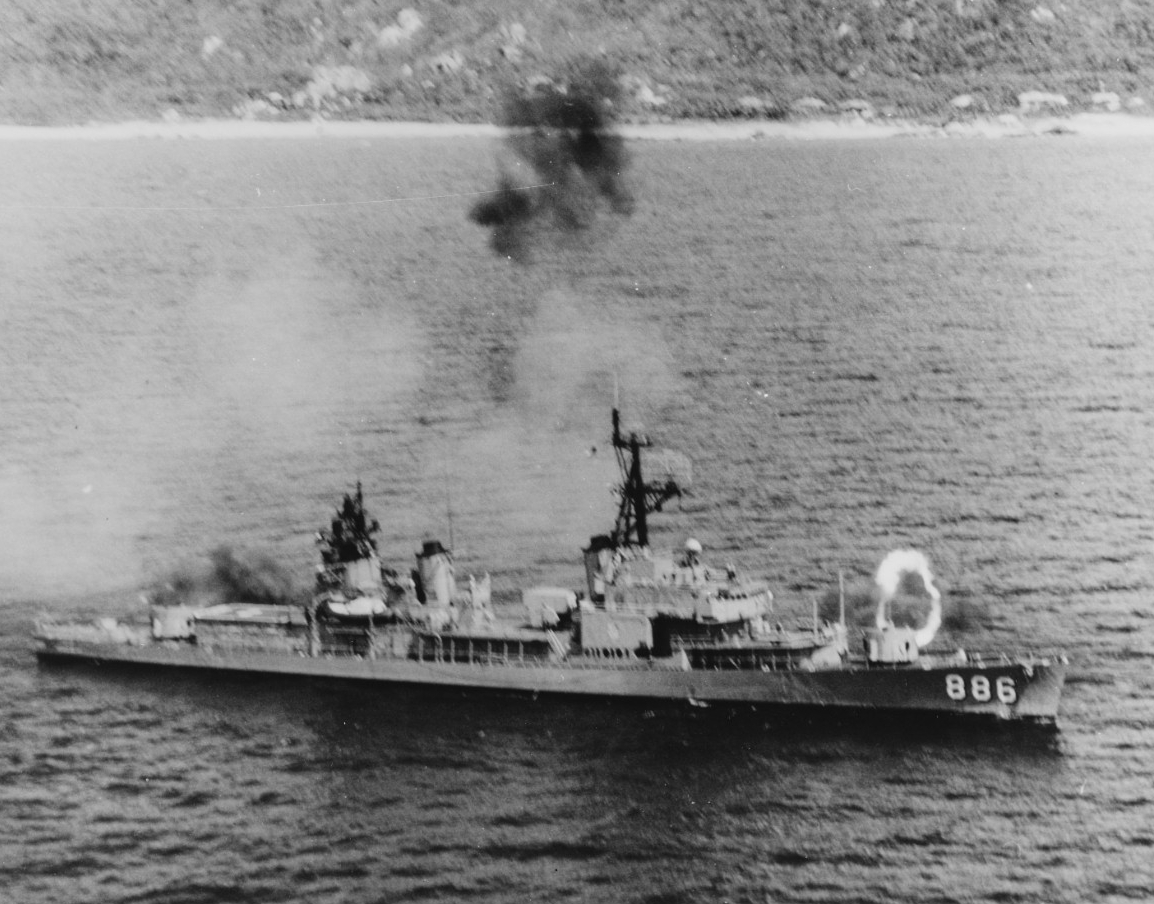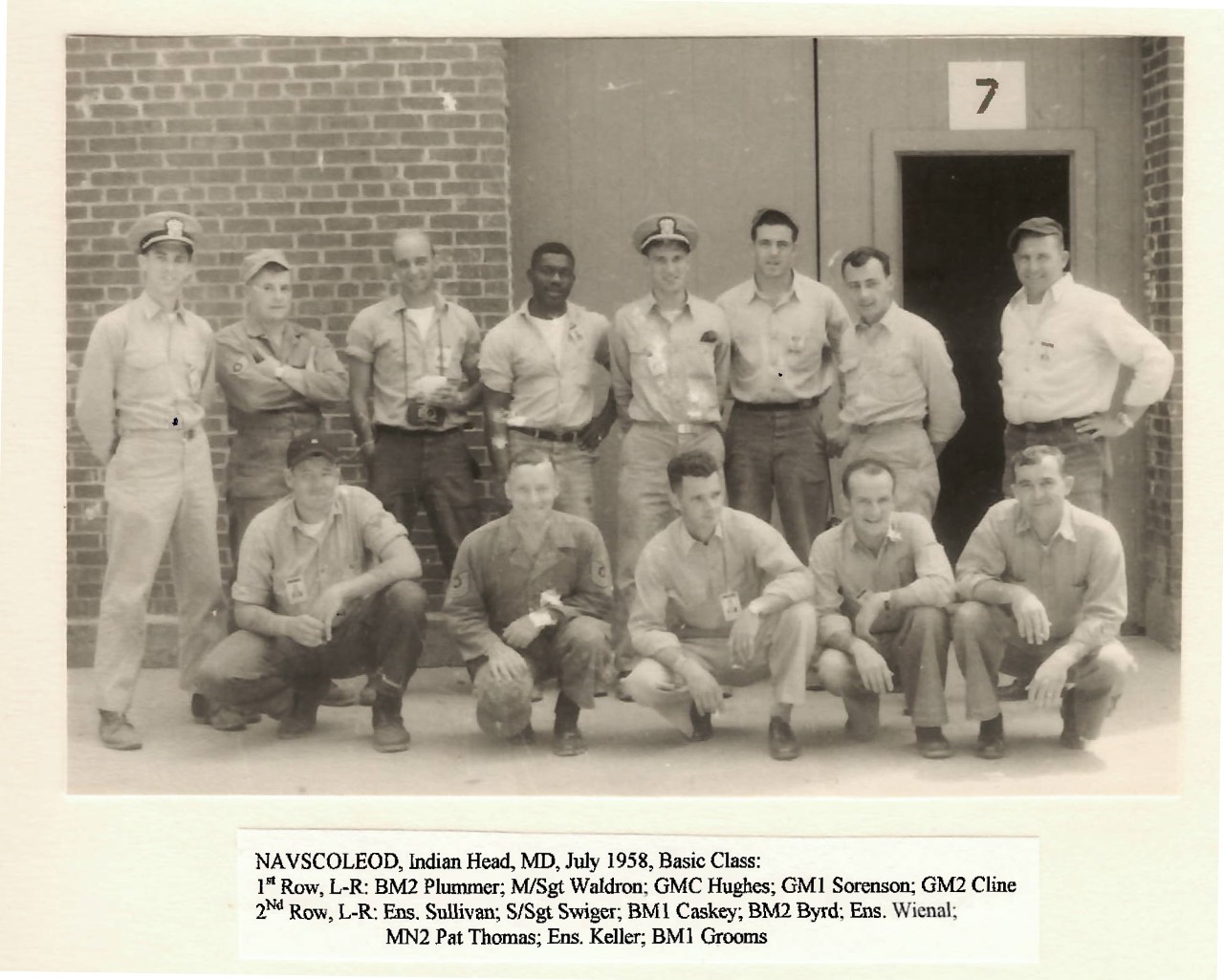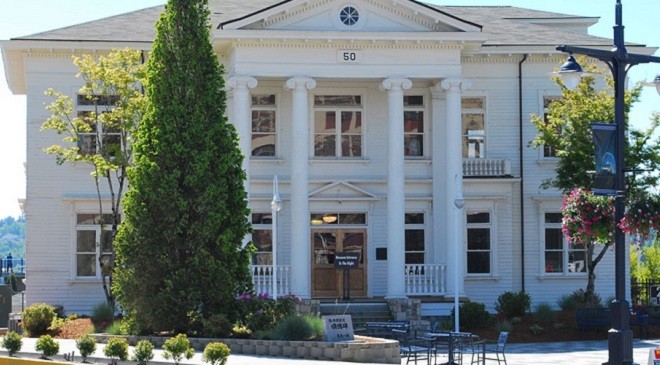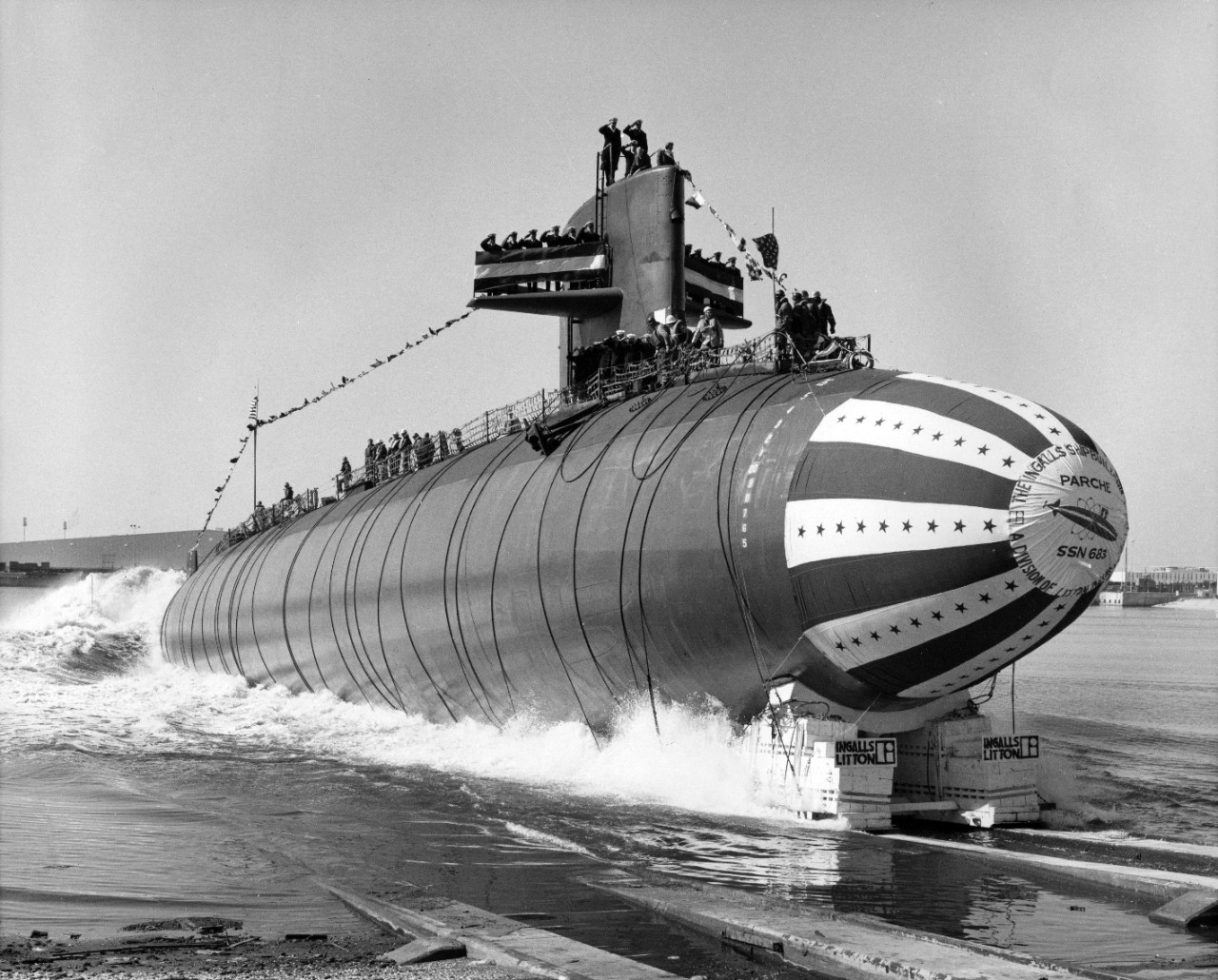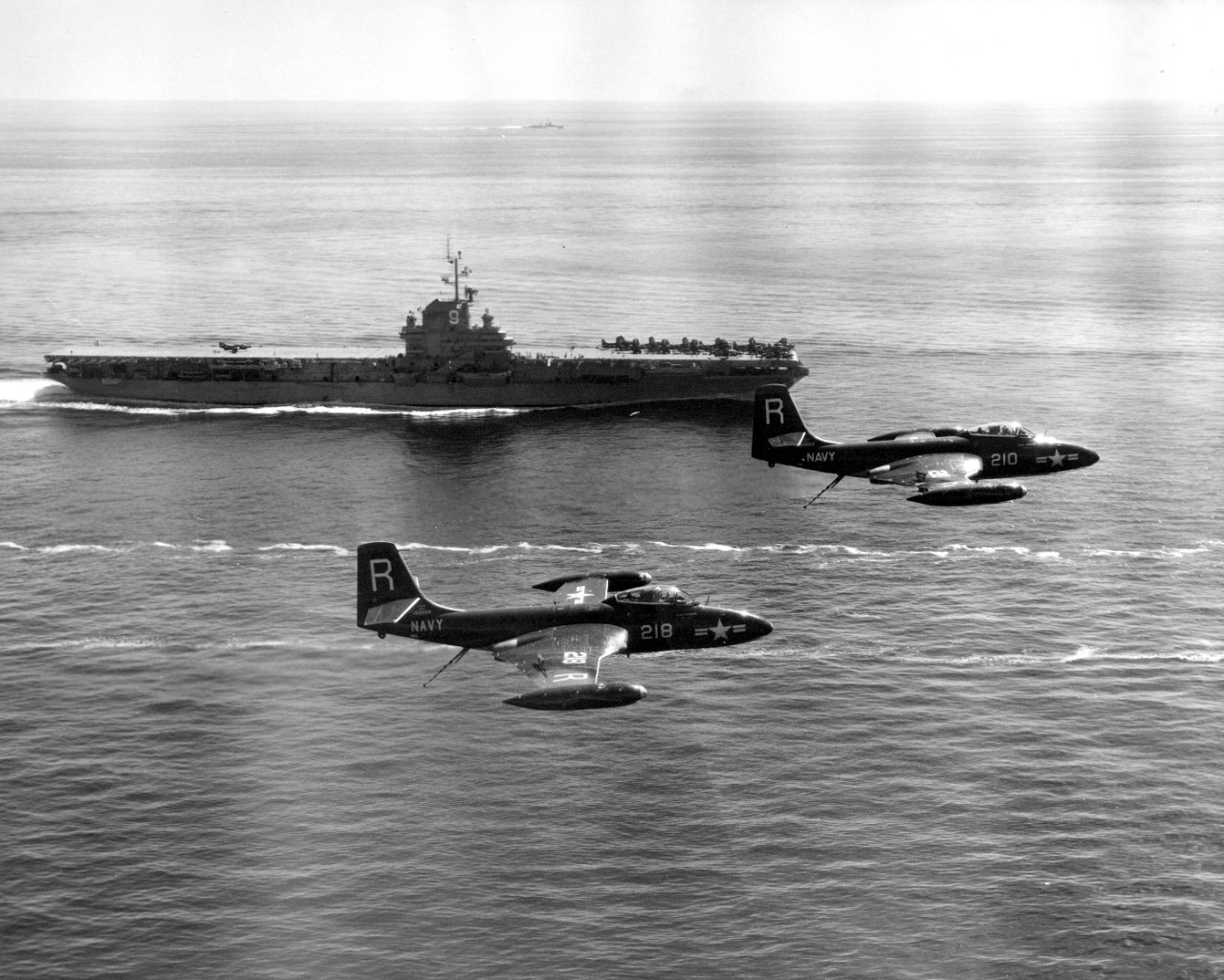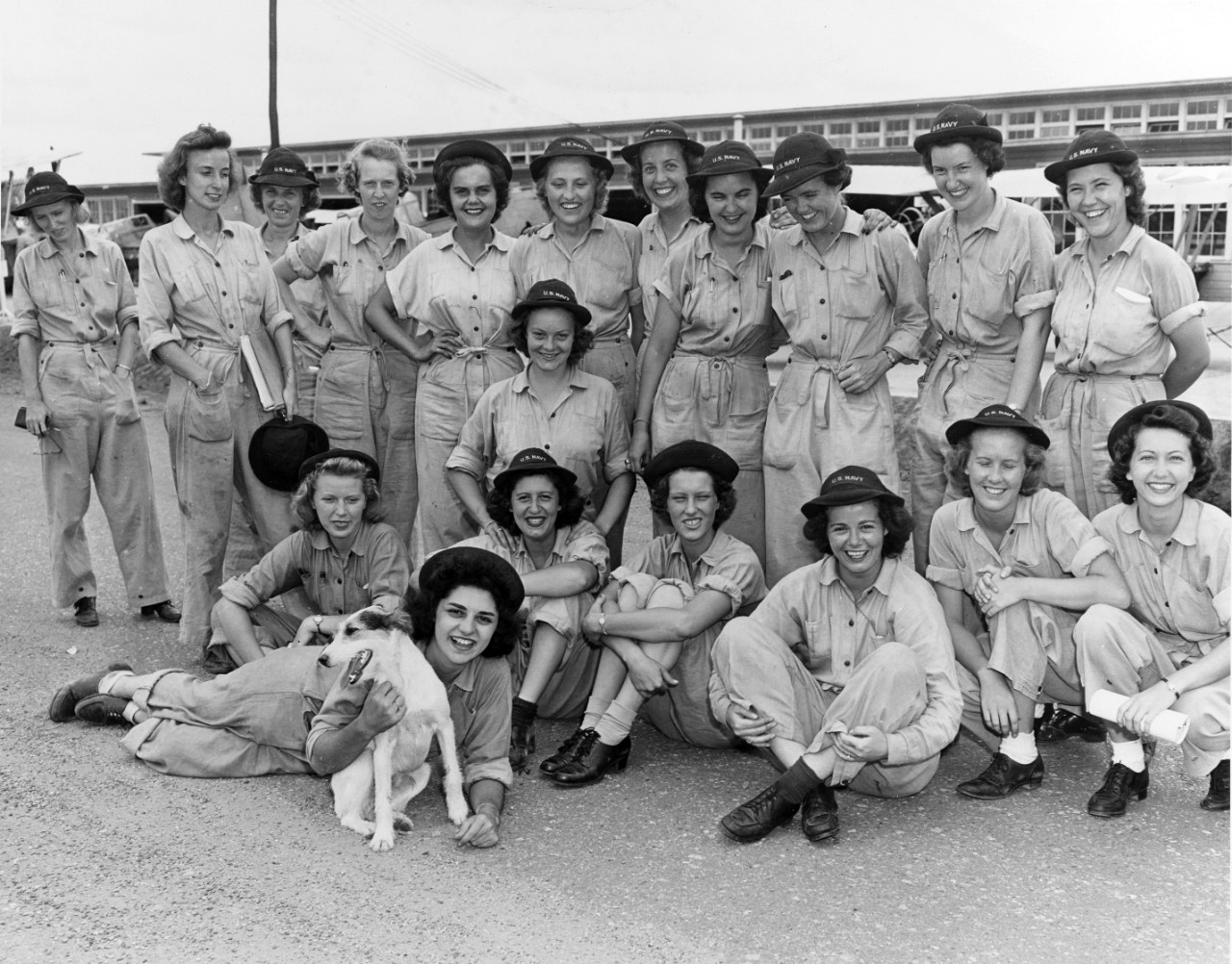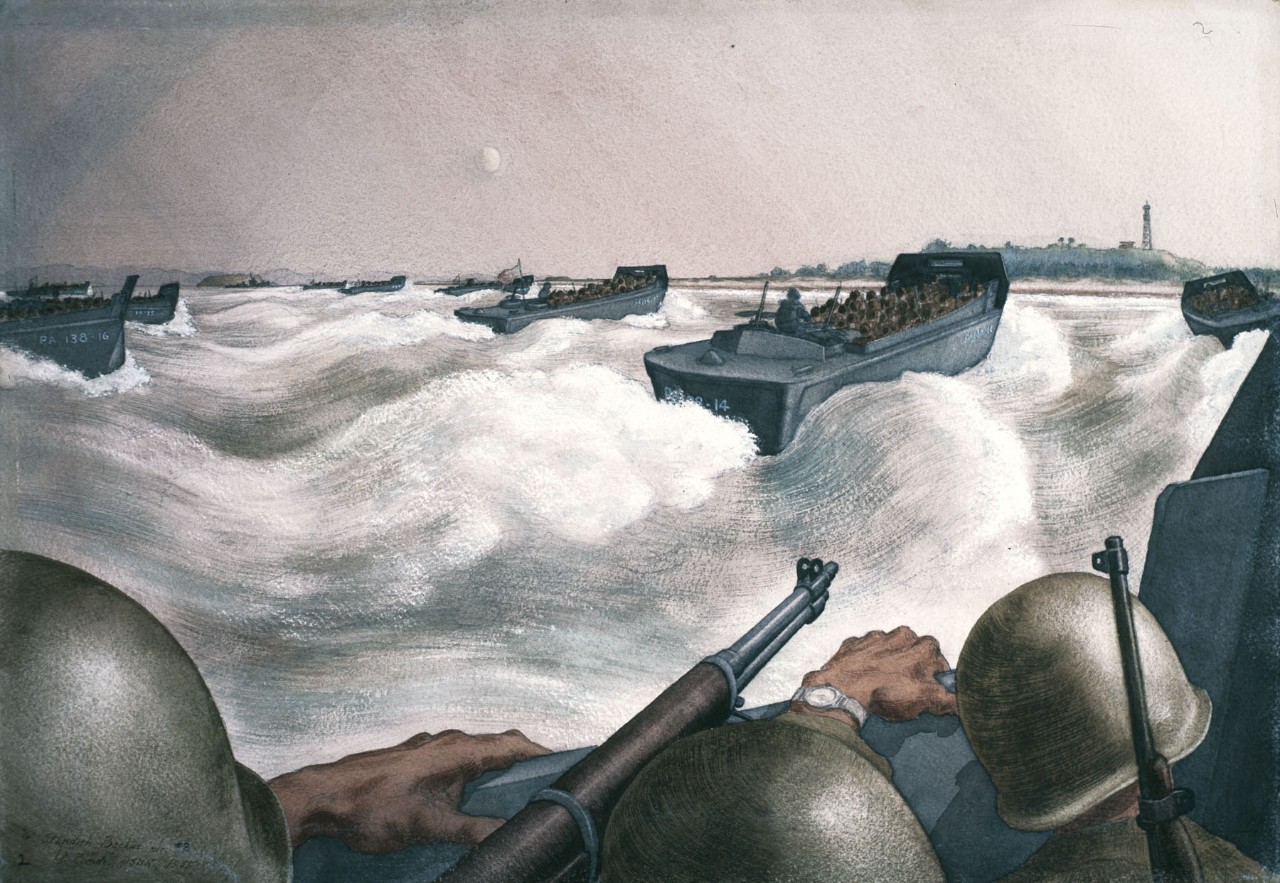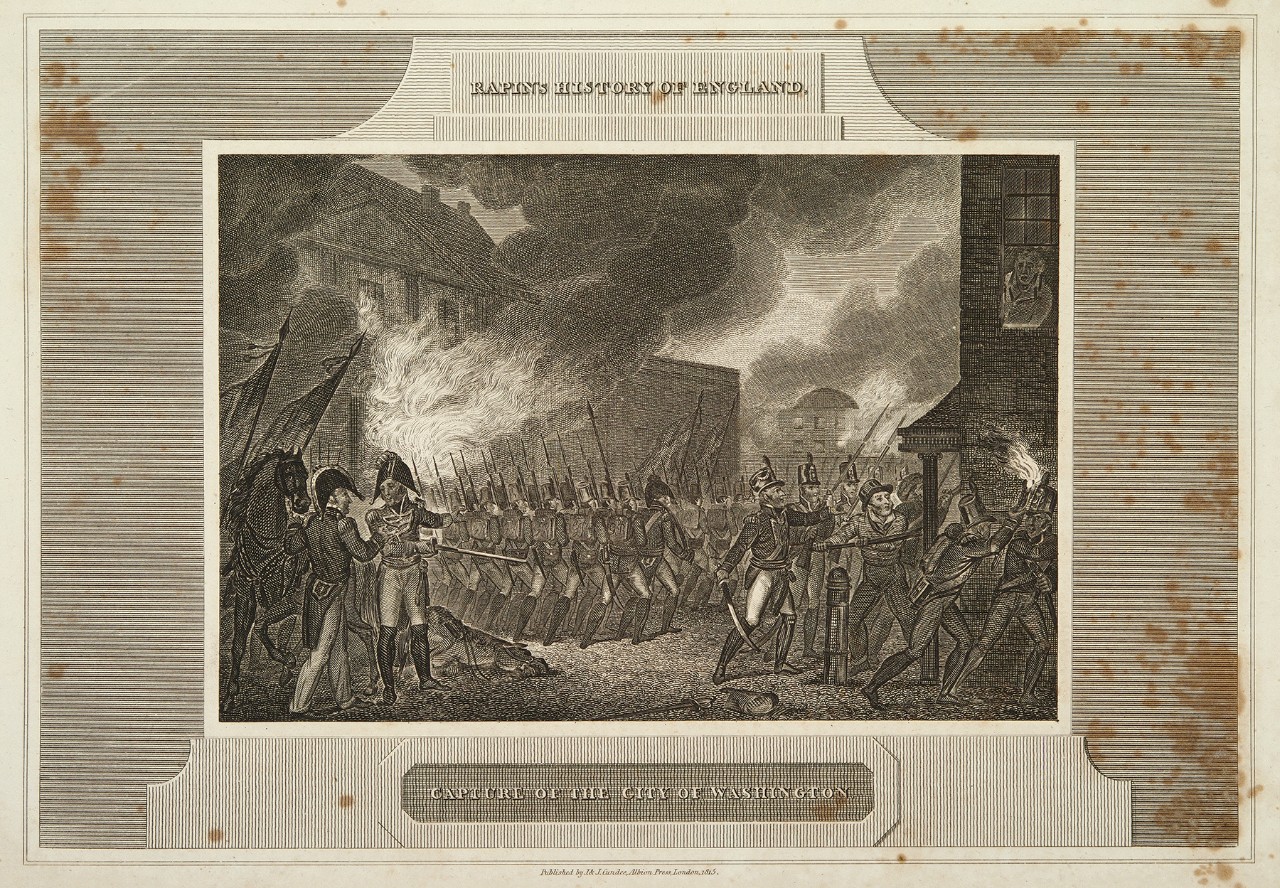Compiled by Brent Hunt and Wendy Arevalo, Naval History and Heritage Command’s Communication and Outreach Division
Plans Stay Afloat for USS Orleck to Become a Navy Museum
A destroyer that was launched at the end of World War II and served the U.S. Navy during the Korean and Vietnam Wars could soon find its way to a berth in the St. Johns River in downtown Jacksonville, FL, as a museum ship. Jacksonville’s city council voted 17–0 this month to approve a development agreement that would allow the retired vessel USS Orleck to be docked at the riverfront shipyard’s property. However, the ship must first pass a dry dock inspection and survive a 10-day trip to its new home. Orleck currently sits at a berth on the Calcasieu River in Lake Charles, LA. The ship will be towed from Lake Charles to Port Arthur, TX, where it will receive the dry dock inspection. If everything goes as planned, organizers hope to have the ship in Jacksonville by Veteran’s Day. Orleck earned four battle stars during the Korean War while operating with Seventh Fleet. The ship earned an additional 14 battle stars during the Vietnam War, and was given the nickname, “Gray Ghost of the Vietnam Coast.” The decorated destroyer went on to serve with the Turkish navy until 2000. For more, read the article.
Navy’s First African American EOD Technician—63 Years Ago
In July 1958, Master Chief Boatswain’s Mate (BMCM) Sherman Byrd became the first African American to graduate from the Naval School of Explosive Ordnance Disposal (EOD) in Indian Head, MD. Byrd, a native of Mississippi, joined the Navy in 1947 at 17. Within his first eight years, he had served on four ships and advanced from seaman recruit to petty officer second class. Prior to attending EOD school, he graduated from the Navy’s Deep Sea Diving School. His first assignment was as a diver on USS Petrel. In July 1957, he graduated from the elite Naval Underwater Swimmer School in Key West, FL. He continued to rise up the ranks, and in August 1969, was promoted to master chief petty officer. In 1971, at the age of 40, Byrd died from a heart attack following a training exercise. The Navy dedicated a plaque in his honor at Explosive Ordnance Disposal Training and Evaluation Unit 2 at Fort Story, VA. To learn more, read the release by Explosive Ordnance Disposal Group 2 Public Affairs, under NHHC’s News and Events.
PSNM Moved to Current Home
On Aug. 25, 2007, after years in various locations around Bremerton, WA, and with several name changes, the Puget Sound Navy Museum (PSNM) opened doors at its current home in historic Building 50. It became an official U.S. Navy museum in March 2008. Building 50 provides 6,049 square feet of exhibition space and 4,170 square feet of collections storage. The museum now has more than 18,000 objects in its collection. Visitors can explore the naval history of the region and experience life as a Sailor through exhibits about the Puget Sound Naval Shipyard, USS John C. Stennis, special operations submarines, and more. The Navy built historic Building 50 on the Puget Sound Naval Shipyard in 1896. It underwent a city-funded $6 million renovation prior to the PSNM move. For more, read the history of PSNM.
The Navy Once Had a Spy Sub With a Secret: Tiny Ski Legs
Originally built as a nuclear-powered attack submarine, USS Parche was heavily modified over the course of her career to conduct secret missions during the Cold War. One such mission Parche was tasked with was to tap undersea communications cables, allowing U.S. intelligence to monitor traffic to and from Soviet naval bases. In the early 1970s, the United States discovered Soviet-laid communications cables in the Sea of Okhotsk, on the Pacific Ocean, and the White Sea, on the Atlantic. The U.S. intelligence community concluded that if it could somehow tap those cables—reading the traffic passed back and forth—the data could prove invaluable. To accomplish the mission, Parche was equipped with “skegs,” or retractable ski legs that allowed the submarine to come to rest directly over the undersea cables. For more, read the article. For more on the Navy’s Submarine Force, visit NHHC’s website.
High-Altitude Bombing Missions—70 Years Ago
On Aug. 25, 1951, F2H-2 Banshees from VF-172 and F9F-2 Panthers from VF-51 embarked on USS Essex. In conjunction with the U.S. Air Force’s Boeing B-29 Superfortresses, the Navy fighter jets conducted a high-altitude bombing raid near the USSR-China border with North Korea. Months earlier, in another joint operation, destroyer USS Brinkley Bass was the first to experiment with coordinated ship-air ground attacks in conjunction with B-26 twin-engine bombers. The ship would identify targets for the B-26s, and the aircraft would identify targets for naval gunfire that the ship couldn’t see. The tactic was fairly successful and was used several times over the course of the Korean War. For more on Naval Aviation and the Surface Navy, visit NHHC’s website.
Women’s Equality Day
In 1971, U.S. Congress designated Aug. 26 as Women’s Equality Day. The day was selected to commemorate the 1920 passage of the 19th Amendment to the Constitution, granting women the right to vote. The observance not only commemorates the passage of the 19th Amendment, but also spotlights women’s efforts toward achieving full equality. Women in public service and government have long served this nation by working to clear barriers, enforce laws, and implement new ideas. Women in the U.S. Navy have fought for equal rights as well. The first women to serve in the Navy were nurses. More women enlisted in World War I and World War II to meet personnel shortages; however, they were prohibited from filling combat roles. Since then, women have made great strides serving in the Navy. On Feb. 22, 1974, the Navy designated the first female naval aviator. On March 7, 1994, the Navy issued the first orders for women to be assigned aboard a combatant ship, USS Dwight D. Eisenhower. Today, women serve in every rank from seaman to admiral and in every job from naval aviator to deep-sea diver.
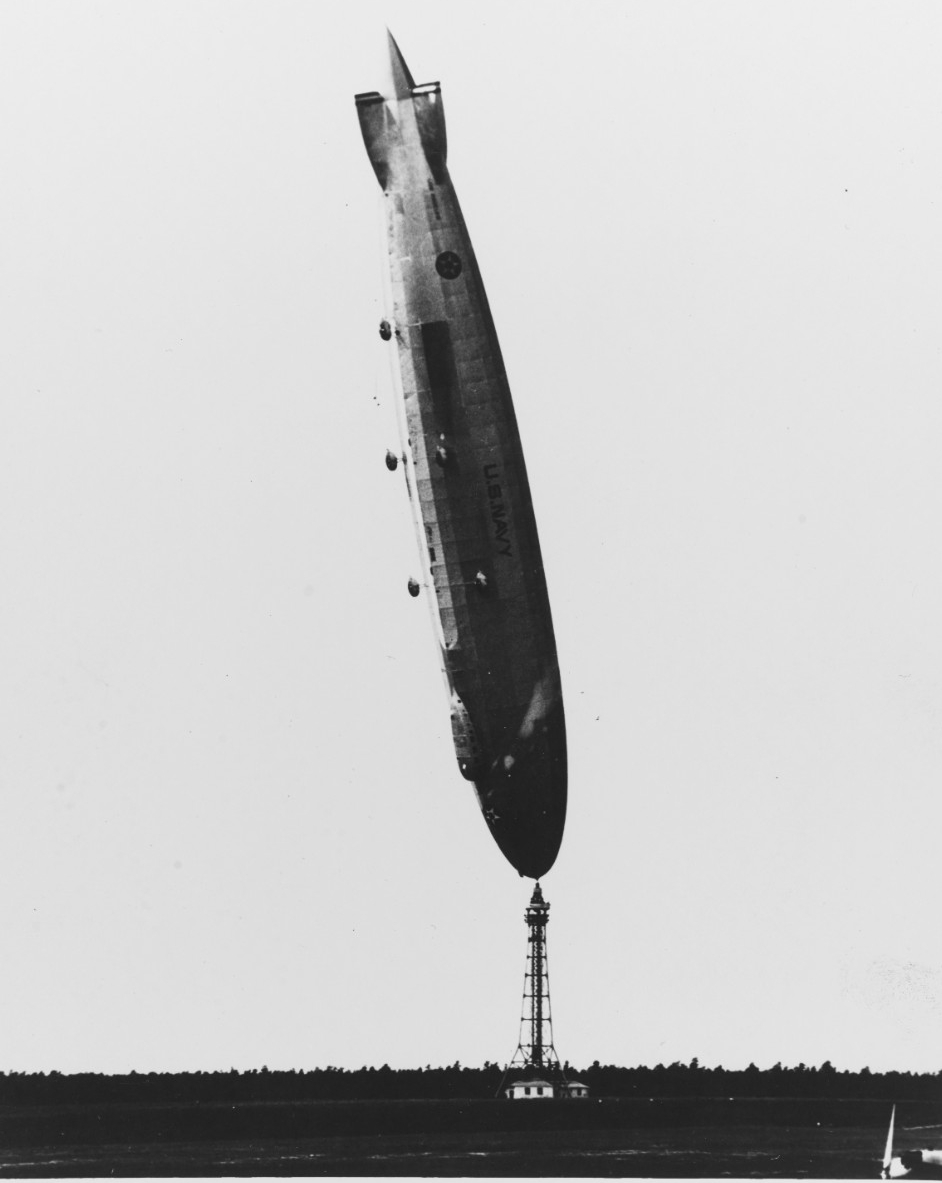
Los Angeles Rose to Near-Vertical Position
On Aug. 25, 1927, the airship USS Los Angeles rose to a near-vertical position due to the sudden arrival of a cold air front that lifted the airship’s tail, causing it to rise before she could swing the mast parallel to the new wind direction. Los Angeles only suffered minor damage, but the incident demonstrated the risks involved with high mooring masts. Although the accident revealed the vulnerability of lighter-than-air flight, Los Angeles was the most successful airship of the time. The airship was built by Germany and given to the United States as compensation for the loss of two U.S. airships during World War I. For more on Airships & Dirigibles, visit NHHC’s website.
Webpage of the Week
This week’s Webpage of the Week is the Higgins Boat page under NHHC’s Exploration and Innovation section. During World War II, the Navy used amphibious craft, called “Higgins Boats,” to transport troops and equipment from ship to shore. The boats, designed and produced by Nebraska-born entrepreneur Andrew J. Higgins, were used in most of the American amphibious operations in the Pacific and European theaters during World War II. Higgins began designing landing craft for the Navy in the late 1930s. One of his first designs for the Navy was the landing craft, personnel (LCP), and the landing craft, personnel, large (LCPL). The LCP was constructed with a unique hull design that allowed it to land on a beach without getting its propeller stuck in the sand. However, personnel still had to climb over the side to disembark and unload supplies, which put them at risk of enemy fire. In December 1941, Higgins designed the Landing Craft, Vehicle, Personnel (LCVP) which became known as the “Higgins Boat.” These boats included a retractable bow ramp to allow for quick off-loading of personnel and equipment. For more, check out this page today. On it, you’ll find selected imagery and a link to an article with more on the origins of the Higgins Boat and its dynamic inventor.
Today in Naval History
On Aug. 24, 1814, during the War of 1812, the British invaded Maryland and burned Washington, DC. The capture of the nation’s capital by British troops followed the defeat of American forces at the Battle of Bladensburg. After the superintendent of the Washington Navy Yard, Commodore Thomas Tingey, saw the Capitol burning, he decided to burn the Navy Yard to prevent the British from capturing stores and ammunition. The Navy yard's Latrobe Gate, Quarters A, and Quarters B, were the only buildings to escape destruction. Also spared were the Marine Barracks and Tingey’s house, although several private properties in the vicinity of the Navy Yard were damaged or destroyed. Throughout the city, the British set fire to multiple government buildings, including the White House. Luckily, a day after the attack, a heavy thunderstorm extinguished the blazes.
For more dates in naval history, including your selected span of dates, see Year at a Glance at NHHC’s website. Be sure to check this page regularly, as content is updated frequently.

